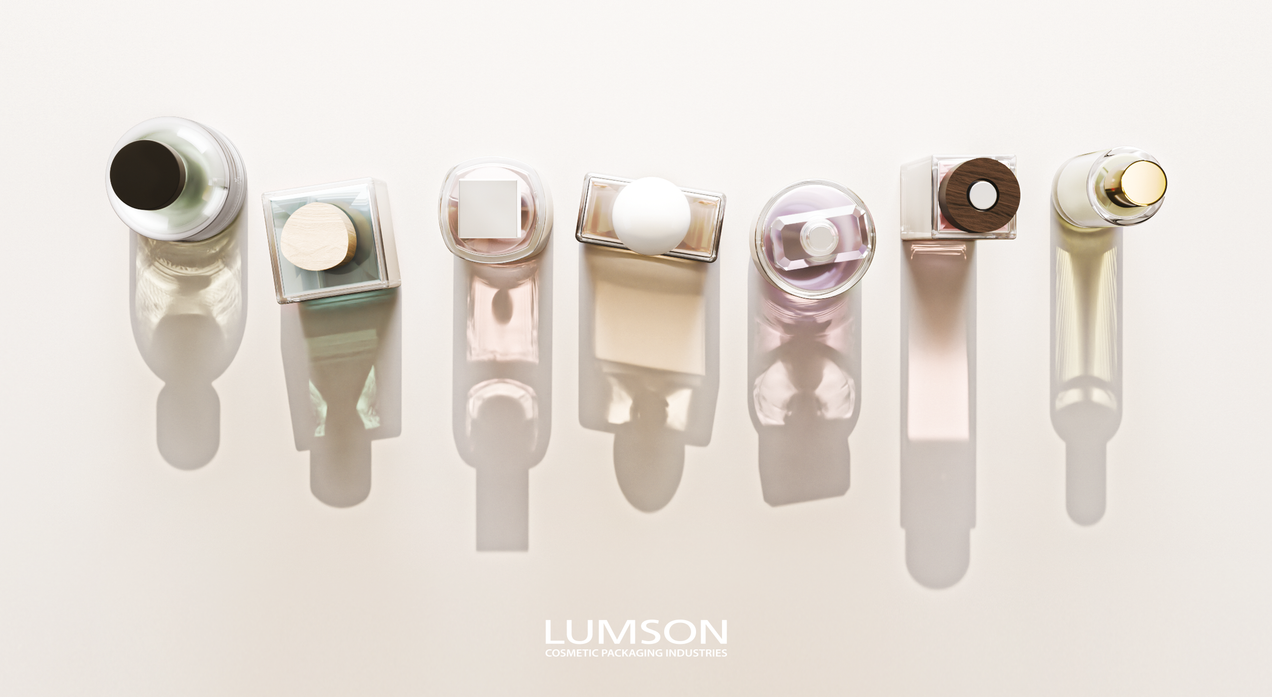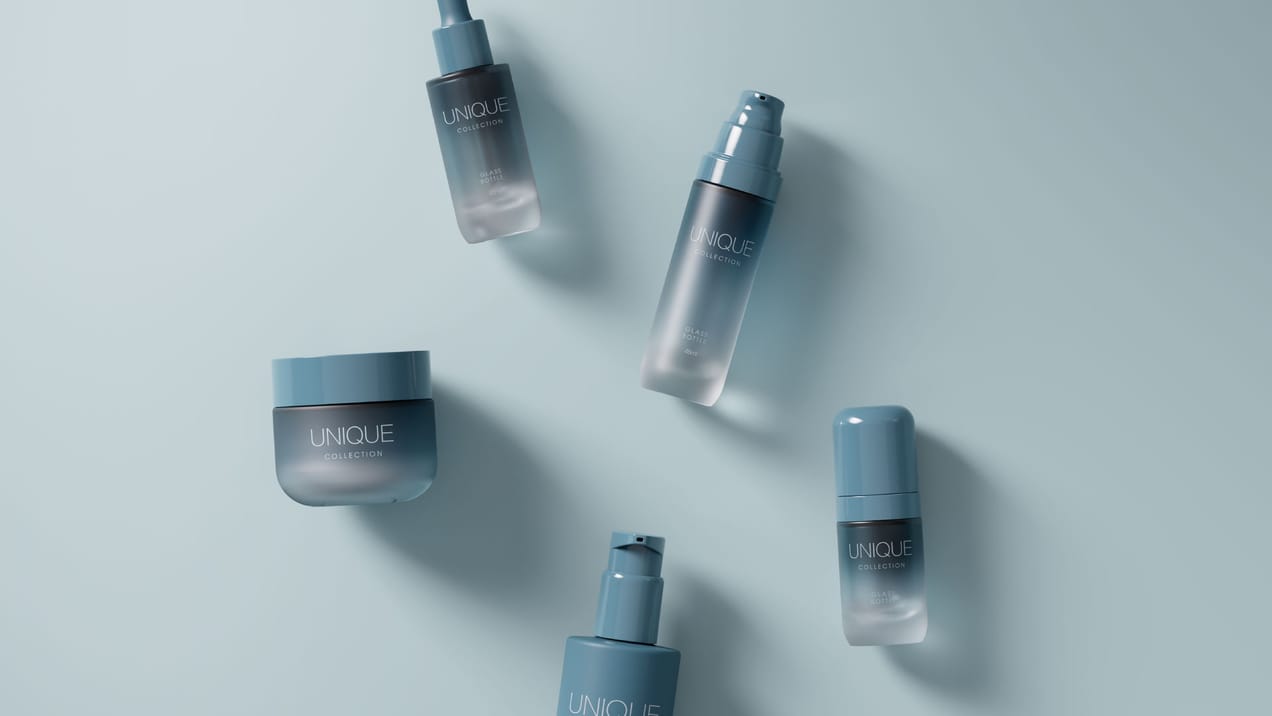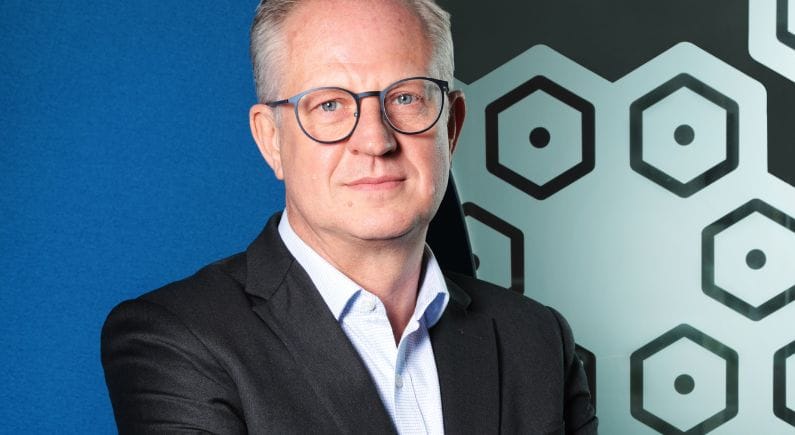
The PPWR and its impact on packaging for the cosmetics industry
In a recent interview with Gilles Swyngedauw, VP CSR at Albéa Cosmetics & Fragrance, we uncovered the new Directive on Packaging and Packaging Waste and its impact on beauty products.
The European Commission is setting new EU-wide rules on packaging (as first published its proposal on 30th November 2022) ,” to tackle this constantly growing source of waste and consumer frustration”, and the main objectives are to:
- improve packaging design to promote reuse and recycling
- increase recycled content in packaging
- tackle excessive packaging
- reduce packaging waste
“ The Packaging and Packaging Waste Directive (PPWD – Directive 94/62/EC) lays down measures to prevent the production of packaging waste and to promote reuse of packaging and recycling and other forms of recovering packaging waste. It also sets out the requirements that all packaging placed on the EU market must meet. These provisions are designed to reduce the disposal of packaging waste and to promote a more circular economy, “ explains the European Parliament.
The proposal has been drafted in consultation with professionals from over 800 organisations and was also followed by a consultation review of the rules from 1st December 2022 to 23 April 2023. “The consultation to review the rules was instigated the very next day after the publication of the proposal which demonstrates the level of priority that the European Commission puts over this issue,” expresses Gilles Swyngedauw.
The European Commission also intends to edit this proposal as a Regulation (or Règlement in French), which means that it will be applicable instantly as published without prior need for implementation into local national regulation for each country,”adds Swyngedauw.
EU aims to even the playing field in order to counteract the application of the current Environmental law which resulted in “ Differing national approaches to transposition and unilateral packaging policy measures by certain Member States (which) have led to uneven national regulatory frameworks.”
The EU Commission explain that it will create “ a regulation (that) will ensure that all 27 Member States fulfil their obligations at the same time and in the same way. The same requirements for all market players will provide the necessary legal certainty, reduce distortion of competition, and send clear signals to non-EU market actors intending to place products on the EU market. It will also give the Commission a mandate to develop implementing measures to flesh out the regulation further, where necessary so that common rules can be set swiftly.”

re/sources: What is the first ambitious rule?
Gilles Swyngedauw - Albéa: By January 2030, all packaging sold within the European Union must be reusable or recyclable in an economically feasible way. 2030 seems like tomorrow when you think about all of the steps necessary to implement such a rule:
- Define rules and standards for recycling that can be unrolled in every European country
- Define rules for Packaging design for every industry and product possible
- Define rules and standards for the reusability of packaging
This means that Europe will need to define standards for product Design and Recycling. It’s a huge step forward, considering the disparities in recycling rules in every country and if not every region or city. Clear Design For Recycling (DFR) will be set following an audit and definition of recycling methods.
The European Commission intends to ensue delegated acts that will define standards per industry with a timeline of application.
This may also imply the creation of a blacklist of materials, to ensure recyclability of products.
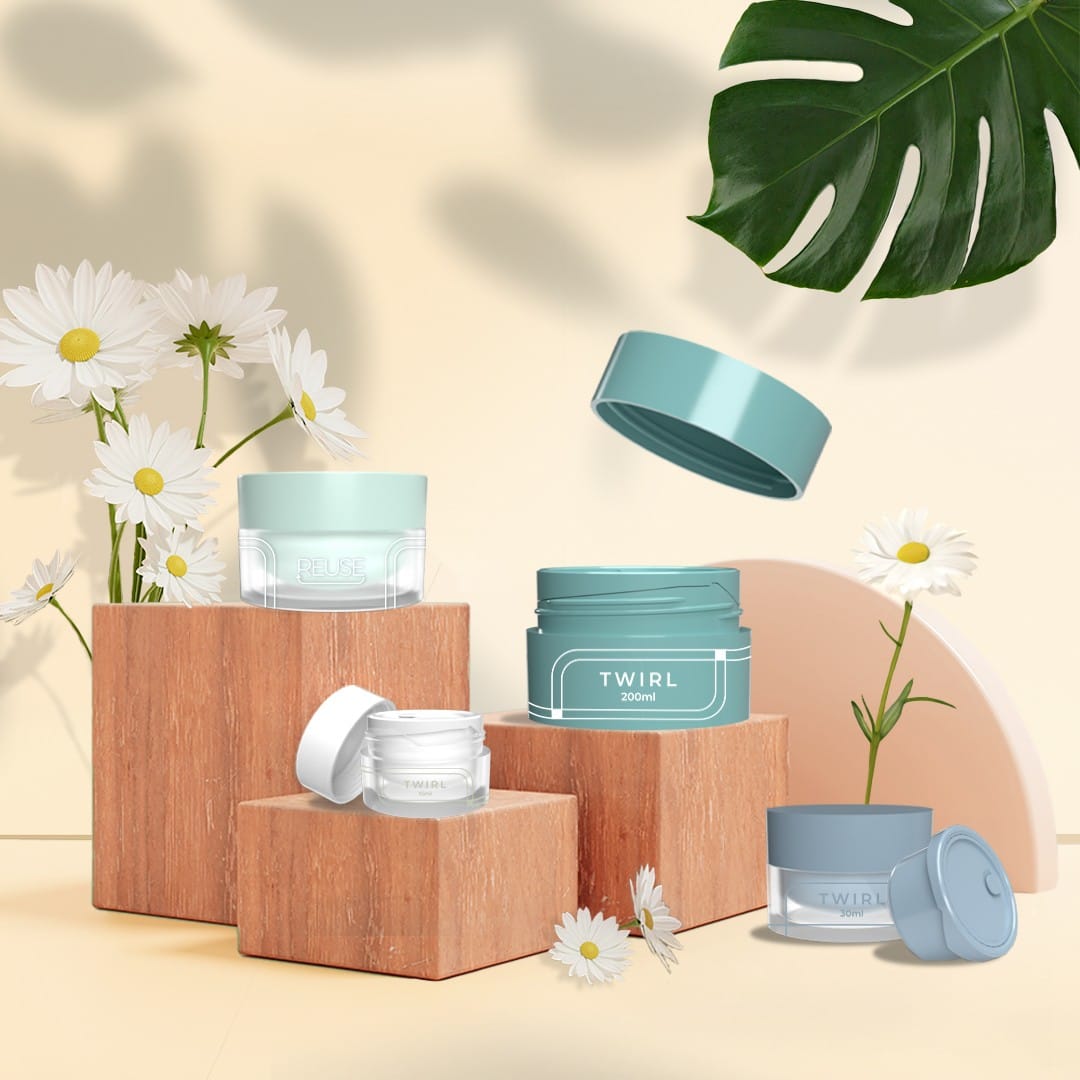
re/sources: Will these rules imply a standardisation of packaging to conform to recycling and european-wide design rules?
Gilles Swyngedauw - Albéa :
By the end of 2025, the EU hopes to define clear standards for packaging and clear guidelines for Design For Recycling (DFR). By January 2030, all recyclable and recycled materials will also be set under clear rules with an ambition to reach 75 % of the European population by these standards in 2035
Labelling will be paramount to allow a smooth transition. A lot of packaging makers and recyclers find it difficult to collect qualitative used packaging output. Labelling, information and sorting facilities will be paramount to achieve this result if we want the consumers involved at large scale.
In some European countries, waste is already separated by category (glass, paper/, cardboard, plastic, metal and drinks) and it is the most advanced country in Europe in this regard. France is currently developing an all-collecting bin among consumers to start assessing the quantities and quality of waste collected.
Manufacturing and Recycling will need to work hand-in-hand in order to achieve the European targets.
In effect, standardisation of waste collection and sorting in every European country will be set in motion.
Europe has three main objectives :
- End/Reduce packaging waste
- Ensure reuse / re-circulation of material
- Reduce packaging use
re/sources: Can we expect a materials or packaging design ban?
Gilles Swyngedauw - Albéa: Indeed. Certain types of packaging will be banned or limited, for example:
- Small and single-use packaging in hotels will be banned
- FastFood chains will need to offer reusable packaging for on-site eating
- Packaging overall size will need to be reduced with the elimination or limitation of empty space
The rules for packaging size or empty space in packaging are already in place in China or South Korea for example, and Europe will ensure minimisation and reduction of packaging wherever possible.
re/sources: Will recycling help Europe fix the PCR quality issues?
Gilles Swyngedauw - Albéa: The European Union hopes to offer a higher level of recycling output thanks to a higher recycling input linked to closed-loop recycling. If drinks manufacturers, for instance, are able to collect and recycle PET bottles in a closed loop, the food contact approval can be guaranteed, and the quality of PET shall remain stable. It is already the case where big brands are developing their own system to secure the sourcing of food-grade recycled content.
It is unclear, how these closed loops will be defined and developed but the aim is for plastic packaging to incorporate a minimum mandatory post-consumer recycled plastic content. This minimum level of content is in discussion today.
Design For Recycling, and maybe embossing or similar types of decoration might be preferred to ensure qualitative PCR (Post Consumer Recycled).
European Commission has defined five “ Recyclability Performance Grades” from A to E to assess the recyclability of packaging items, including most components of packaging - pump, cap, body, etc - and 70% of packaging matter will need to be recyclable.
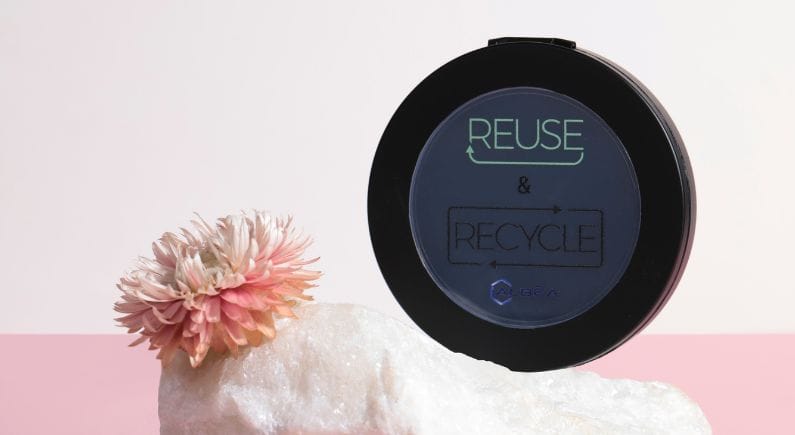
re/sources: Considering the current level of decoration and complexity in packaging, will these standards degrade packaging design and innovation?
Gilles Swyngedauw - Albéa: The limited number of packaging materials allowed on the market and the design requirements will bring a lot of restrictions. I also think it will push us outside of the box to develop creative alternatives to answer the rules. There may be a lot of unexplored innovations in the sphere of plastics.
By 2025, the European Union intends to have clearly defined Design For Recycling (DFR) rules, for a release of products on the market by 2027.
Closed-loop recycling will be very beneficial and will also generate its own economy. Beauty is complex because it generates many different packaging for many different uses, but recycling rules will be key to ensuring beauty becomes a closed-loop system (rules in design for recycling and standardised recycling systems).
One of the first rules that is already widely adopted in the perfume industry is the standardisation of necks for bottles and also the move to refillable bottles, developing screw necks for almost any new launch. So, we are observing a standardisation of screw and pump sizes, but the overall packaging remains completely customised to the brands.
Innovation will be in the re-invention of materials. Engineering is not done!
Sources
European Commission:
https://ec.europa.eu/info/law/better-regulation/have-your-say/initiatives/12263-Reducing-packaging-waste-review-of-rules_en
PPWR
https://eur-lex.europa.eu/legal-content/EN/TXT/HTML/?uri=CELEX:52022PC0677
PPWR where do we stand
https://www.europen-packaging.eu/news/the-ppwr-where-do-we-stand/
European Parliament - update:
https://www.europarl.europa.eu/RegData/etudes/BRIE/2023/745707/EPRS_BRI(2023)745707_EN.pdf
